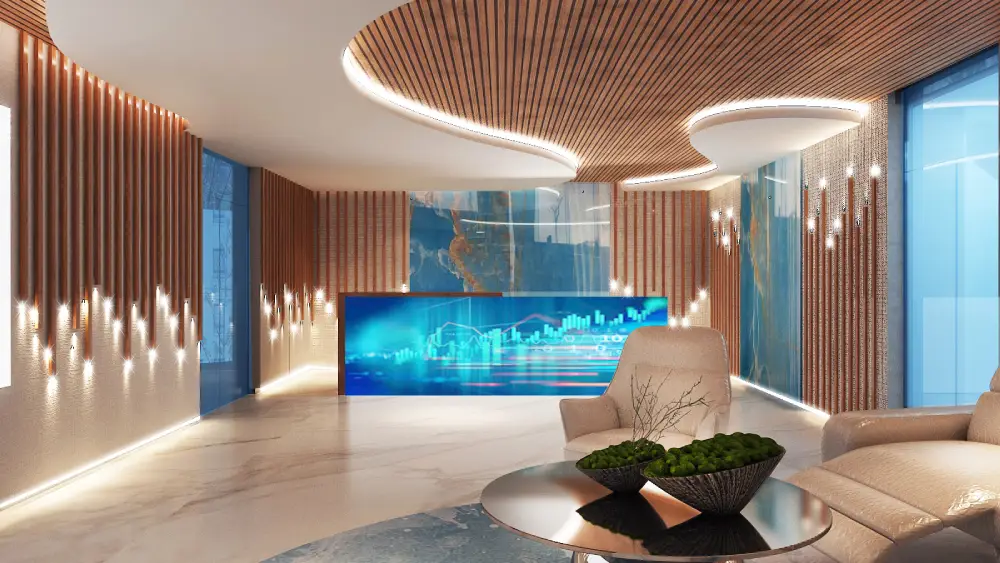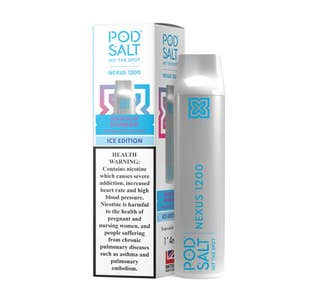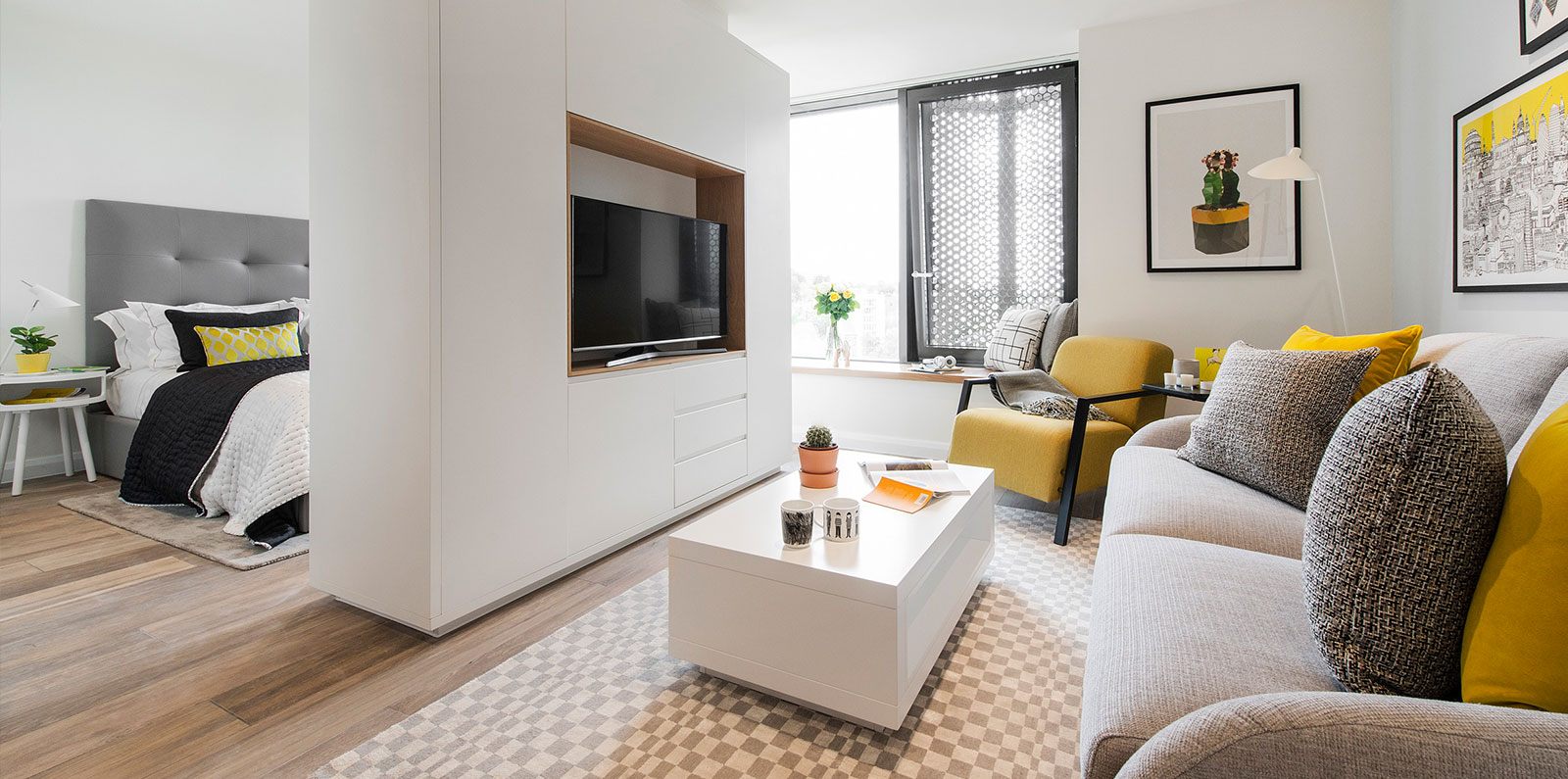Industrial interior design embraces raw, unfinished elements inspired by factories, warehouses, and urban lofts. Incorporating raw materials into interior fit-out projects adds a sense of ruggedness, authenticity, and character to spaces, creating a unique aesthetic known for its edgy appeal. From exposed brick walls to weathered wood beams, here are some raw materials commonly used by commercial fit out contractors in industrial edge interior fit-out:
Exposed brick:
Exposed brick walls are a hallmark of industrial design, adding texture, warmth, and visual interest to interior spaces. Whether it’s original brickwork or faux brick veneer, incorporating exposed brick walls evokes the raw, unfinished look of industrial buildings. The rustic charm of brick provides a backdrop that complements a variety of interior styles, from modern to vintage.
Concrete:
Concrete is another quintessential material in industrial interior fit-out, celebrated for its utilitarian aesthetic and durability. Concrete floors, walls, and countertops lend an industrial edge to spaces, showcasing the raw beauty of this versatile material. Polished concrete floors add a sleek, modern touch, while rough-textured concrete walls create a rugged, industrial vibe.
Weathered wood:
Weathered wood brings warmth and character to industrial interiors, adding a sense of history and authenticity. Reclaimed wood planks, barnwood beams, and salvaged timber accents infuse spaces with rustic charm and texture. Incorporate weathered wood elements such as exposed ceiling beams, feature walls, or furniture pieces to create a lived-in, industrial ambiance.
Metal:
Metal accents are integral to industrial design, adding industrial edge and visual contrast to interiors. Steel, iron, and aluminum are commonly used for structural elements, fixtures, and furnishings in industrial fit-out projects. Exposed metal beams, pipes, and ductwork contribute to the raw, industrial aesthetic, while metal accents such as light fixtures, hardware, and furniture legs add a touch of industrial chic.
Brass and copper:
Brass and copper accents inject warmth and sophistication into industrial interiors, adding a pop of color and shine. Incorporate brass or copper fixtures, hardware, and accessories to add visual interest and contrast to raw materials such as concrete and exposed brick. These metallic accents create a sense of refinement and elegance amidst the rugged industrial backdrop.
Glass and steel:
Glass and steel are often used together to create a sleek, modern industrial aesthetic. Steel-framed windows, glass partitions, and steel staircase railings add a touch of industrial sophistication to interiors, while allowing natural light to penetrate and illuminate the space. The combination of glass and steel creates a striking contrast with raw materials such as concrete and brick, adding visual interest and depth to industrial interiors.



